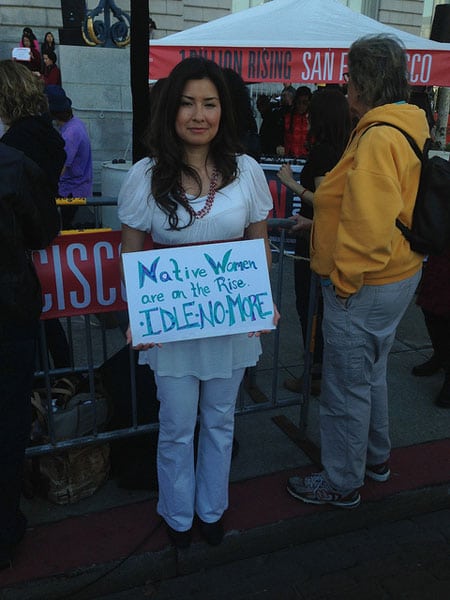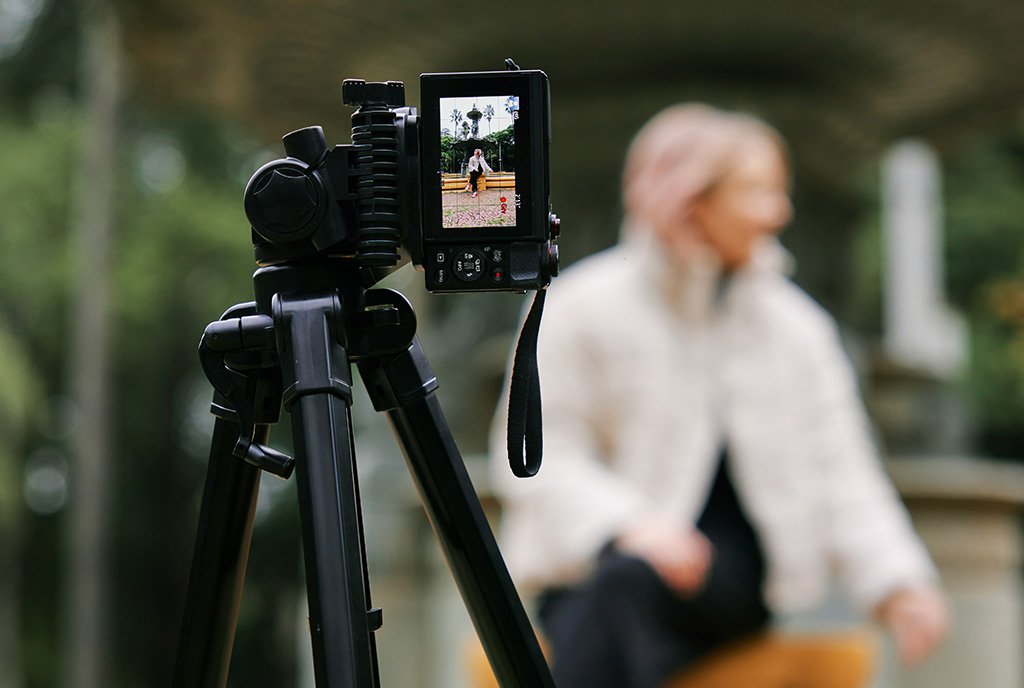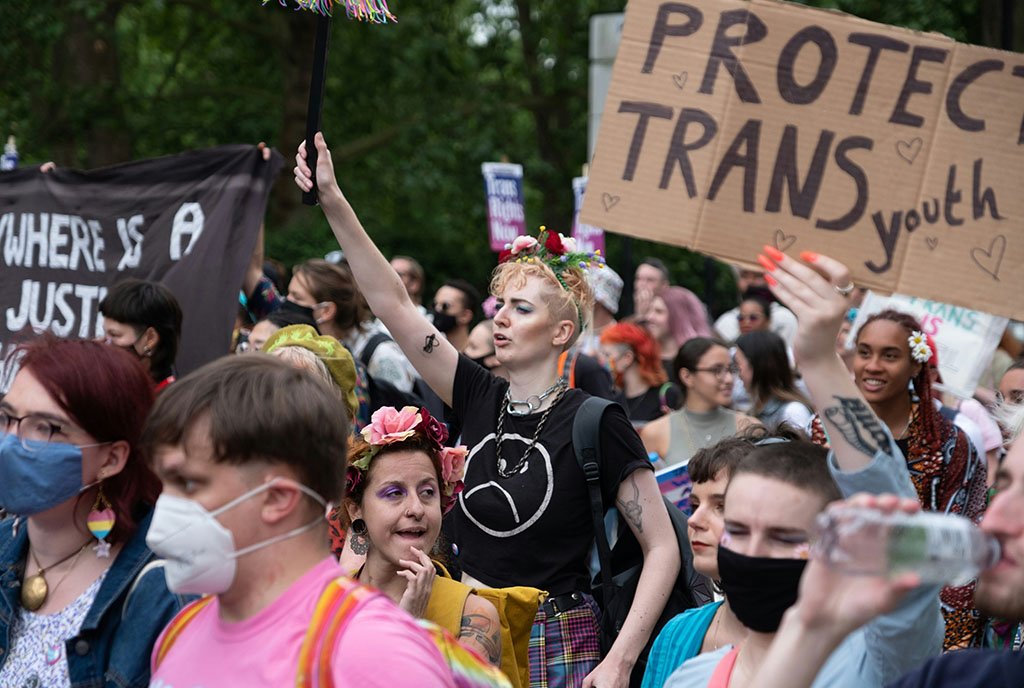
July 26, 2018; Indianz and Last Real Indians
The new version of the Violence Against Women Act bill is up for reauthorization (H.R. 6545) and could mean some landmark steps in the fight to bring visibility and safety to Native American women. As detailed in the Last Real Indians blog, this bill would allow tribal jurisdiction to expand to non-Indians who have committed violent acts against Native American women, who typically go unpunished.
The bill will produce annual reports on known statistics of missing and murdered indigenous women and girls. NPQ noted in earlier coverage that there is currently no system in place to collect comprehensive data on the number of missing and murdered Native American women, which by itself makes them more vulnerable to extreme violence. According to High Country News back in 2016, “A Department of Justice study shows that of over 2,000 women surveyed, 84 percent of Native American and Alaskan Native women have experienced violence, 56 percent have experienced sexual violence, and, of that second group, over 90 percent have experienced violence at the hands of a non-tribal member.”
Native American women have been fighting to be heard on this issue for many years. Social media, especially Twitter, has become a powerful outlet to champion Native rights.
Sign up for our free newsletters
Subscribe to NPQ's newsletters to have our top stories delivered directly to your inbox.
By signing up, you agree to our privacy policy and terms of use, and to receive messages from NPQ and our partners.
On the heels of the #MeToo movement, according to the Lakota People’s Law Project, North Dakota Senator Heidi Heitkamp (who has faced criticism on her ties to the oil industry) helped launch the campaign #NotInvisible, which has become an online force to “address the 84 percent of Native American women who have faced some kind of violence throughout their lifetime.”
Other relevant social media hashtags and topics include #NativeTwitter, #NDN (#NotDeadNative), and #MMIW (missing and murdered indigenous women). The avenue of social media has amplified traditional protest methods like marches and awareness around legislation. Similar to other social justice or cultural communities online, social media also provides a sense of community for marginalized groups regardless of location.
The prevalence of social media communities surrounding underrepresented spotlights the ongoing need to engage and listen to those who are impacted by systemic issues in our nation.
With the rise of nonprofits utilizing social listening tools and tactics, it will be interesting to see how these new means of communication are ethically and respectfully used as bridges to hear and engage marginalized communities.—Kelly Phipps












